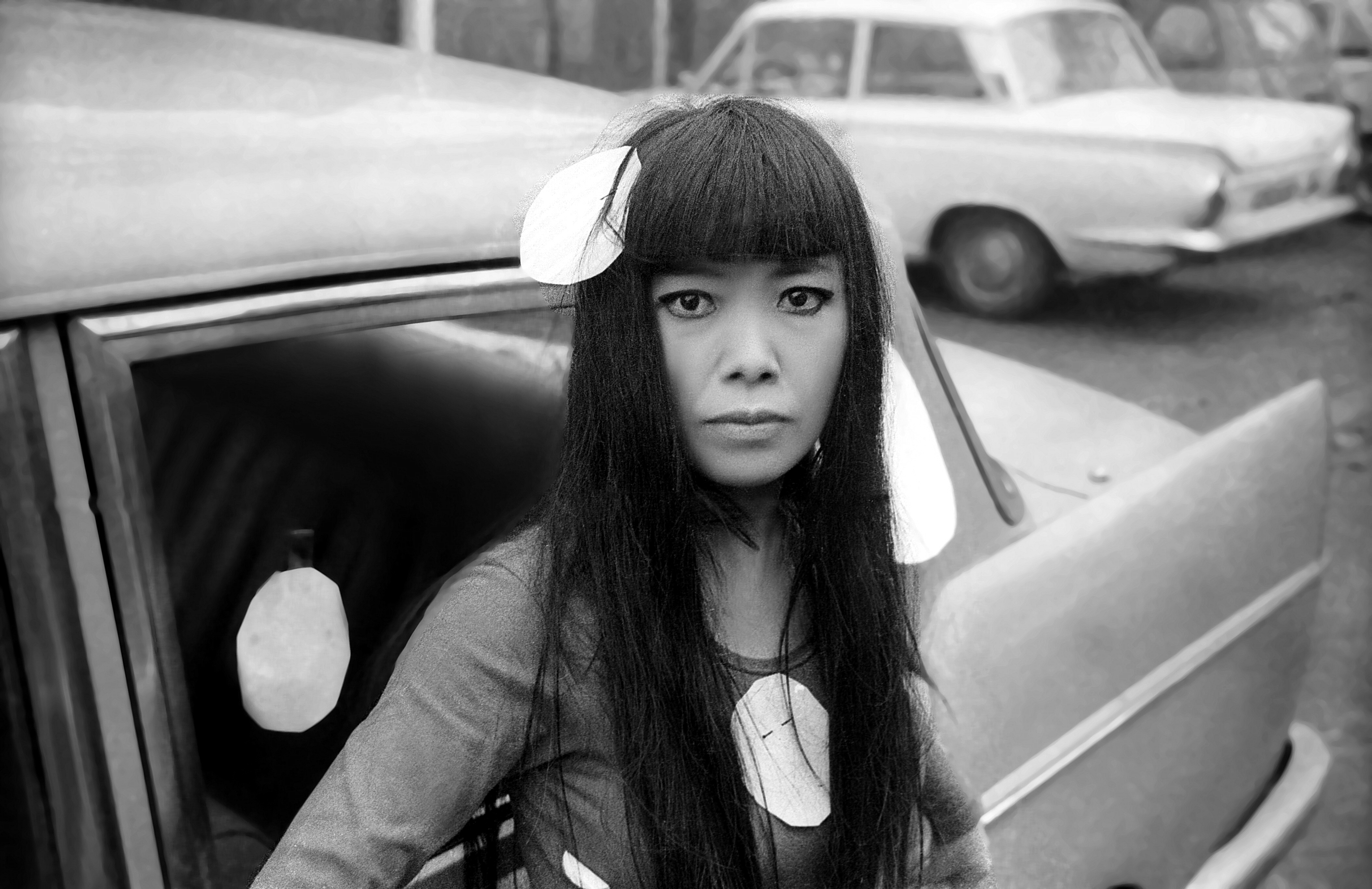Yayoi Kusama, the artist behind the eye-popping, mind-bending, perspective-shifting mirror rooms, is as extraordinary as her art, a new documentary reveals. Heather Lenz, the director behind Kusama: Infinity spoke to The Big Issue Australia about the importance of highlighting Kusama’s work and the time and effort it’s taken to put it all together.

The Institute of Contemporary Art Boston recently acquired one of the artist’s famous “Infinity Mirror Rooms” and will display it this fall.
Known for her immersive installations and her bulbous, black-spotted pumpkin sculptures, Yayoi Kusama is one of the world’s most popular living artists. Colourful, bold and mesmerising, her aesthetic is both instantly recognisable and highly Instagrammable. Wherever she exhibits, queues the length of city blocks appear – queues made up of people waiting (and waiting) for their chance to step inside one of her discombobulating infinity mirror rooms, and snap a pic of all their reflected selves among the endless array of twinkling lights.
This wasn’t always the case. Although Kusama, now 89, has been exhibiting since the 1950s (and built her first infinity mirror room in 1963), it wasn’t until the 90s that she started to amass the kind of pop-cultural clout she wields today. For most of her career, she laboured largely in obscurity.
Kusama: Infinity documents the artist’s life – as troubled as it is remarkable – and her belated rise to fame. It uses archival footage and images alongside interviews with artists, gallerists and Kusama herself – who cuts a striking figure onscreen in a bright red, polka-dotted ensemble: Minnie Mouse by way of Comme des Garçons.
Director Heather Lenz has been tracking Kusama’s career since she first encountered her work as an art history undergraduate in the early 1990s. “These days, there’s so much written about her,” she says, “but at the time, there was only one catalogue. I read it, and the main thing I really took notice of is that her contributions to the American art world hadn’t been understood, or recognised – and that was the reason I decided to make the film.”

When she began shooting in 2004, Lenz had no idea Kusama: Infinity would take a staggering 15 years to complete. “Of course, now, she’s an artistic superstar,” she says of Kusama, routinely described on the net as the biggest-selling female artist ever. “But when I started working on the film, she wasn’t quite as famous. So, convincing people she was a worthy subject wasn’t so easy.”
Even in the current era of Kusamania, her eye-catching work is often circulated online without much in the way of context. “One thing I’ve noticed,” says Lenz, “is that a lot of people who are familiar with Kusama from social media images don’t know much about her at all…her history, and everything she went through.”
She describes her film as “a classic hero’s journey”, and her subject as “a very compelling person who’s led a very complex life”.
Since early childhood, Kusama has used art as a means of managing, and giving expression to, her mental health issues. Her obsession with the themes of infinity and obliteration, ever-present in her work, stems from the hallucinations she began to experience when she was 10 years old, in which she’d find herself subsumed by lights and patterns. Today, she lives in a psychiatric facility in Tokyo, where she’s been a voluntary resident since 1977, while maintaining a studio a couple of blocks away.
Kusama’s work has at last been embraced within her native Japan, but for decades she was regarded as a pariah, and never more so than during the 1960s, when she lived in New York City. There, she made a name for herself staging playfully provocative “happenings” and anti-war protests, painting her trademark polka-dots all over the nude participants.
Tabloid fodder in her home country, Kusama wasn’t taken seriously by the New York art establishment. Even though she was rubbing shoulders with big-name avant-garde and pop artists, none of their success was rubbing off on her. Instead, the likes of Claes Oldenburg and Andy Warhol were making off with her ideas. It was a man’s world, and Kusama – a petite Japanese woman who often appeared at openings wearing a kimono or a bright red leotard – didn’t fit in.
For Lenz, making Kusama: Infinity was a lesson in how little has changed for women artists in the intervening 50 or so years.
“What was most surprising to me as I moved forward with the project,” she states, “was how many similarities there are between the film world today and the art world then.” She was dismayed by how much resistance she met as a woman making a film about a marginalised woman, and how difficult it was to secure funding.
“I made the film because I felt Kusama hadn’t been treated fairly,” says Lenz, “but then, I started to realise, wait a minute” – she chuckles – “I don’t think women filmmakers are being treated fairly either. I sometimes tell people, trying to be a female director is a little like trying to decide I’m going to be a quarterback in the NFL.”
The obstacles Lenz faced throughout her long battle to complete her first feature-length documentary only gave her a deeper appreciation for Kusama and her incredible creative drive. “Over time,” she says, “with my own struggles to get the film made, I started to become more and more aware of, and impressed with, her tenacity – and to take inspiration from that.”
Courtesy of The Big Issue Australia / INSP.ngo

Leave a Reply
You must be logged in to post a comment.